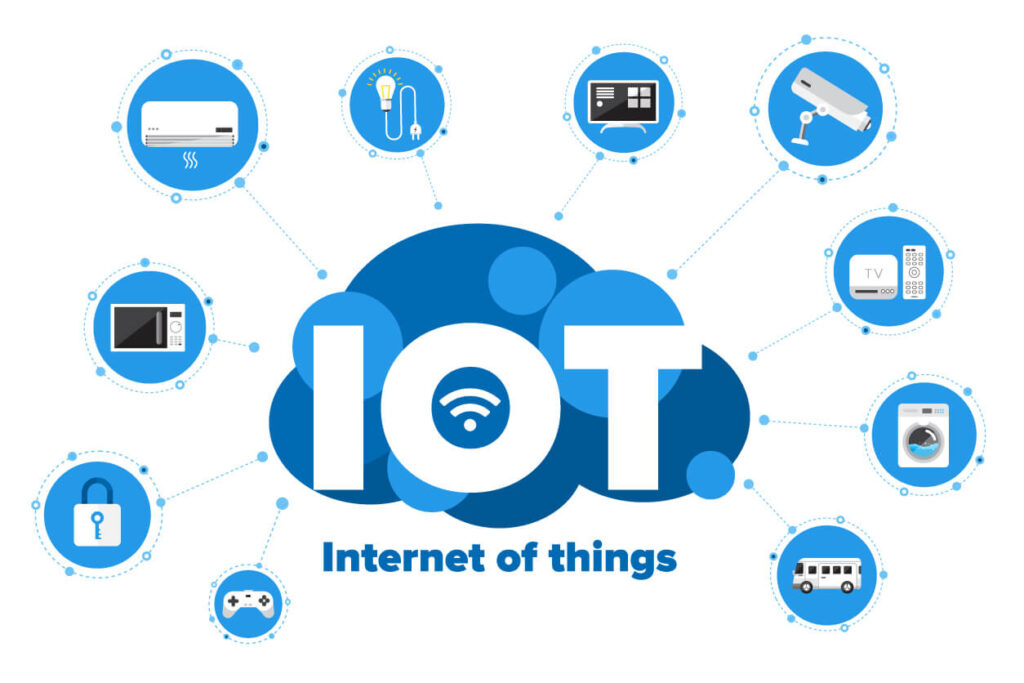Android native app development and its future
Android native app development and its future
Native app development refers to the process of building mobile applications specifically for a particular platform, such as Android or iOS. This requires developers to have platform-specific skills and expertise and to work with platform-specific tools and frameworks.
On the other hand, cross-platform app development frameworks like Flutter and React Native allow developers to build mobile applications that can run on multiple platforms with a single codebase. This can significantly reduce development time and costs, as well as provide a consistent user experience across different platforms.
Given the advantages of cross-platform app development, it is understandable that some people may have concerns about the future of native app development. However, it is important to note that there are still many benefits to native app development that cannot be replicated by cross-platform frameworks.
For example, native apps have better performance, as they can take full advantage of the hardware and software features of the platform. They also provide a more seamless and integrated user experience, as they can interact with the platform’s APIs and services more closely.
In addition, there will always be a need for platform-specific features and functionalities, such as those provided by Google Play Services on Android or HealthKit on iOS. These features cannot be easily replicated in cross-platform frameworks, and therefore require native app development expertise.
That being said, it is also important for native app developers to stay up-to-date with the latest trends and technologies, including cross-platform frameworks. By having a diverse skill set and knowledge of multiple development approaches, native app developers can better position themselves in the industry and provide more value to their clients or organizations.
Is it going to its end?
In conclusion, while cross-platform frameworks like Flutter and React Native are becoming more popular in the mobile app development industry, native app development is still a valuable and necessary skill set. Developers who are able to adapt and learn multiple approaches to app development will be better positioned to succeed in the industry.


